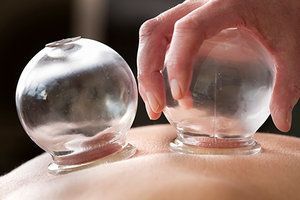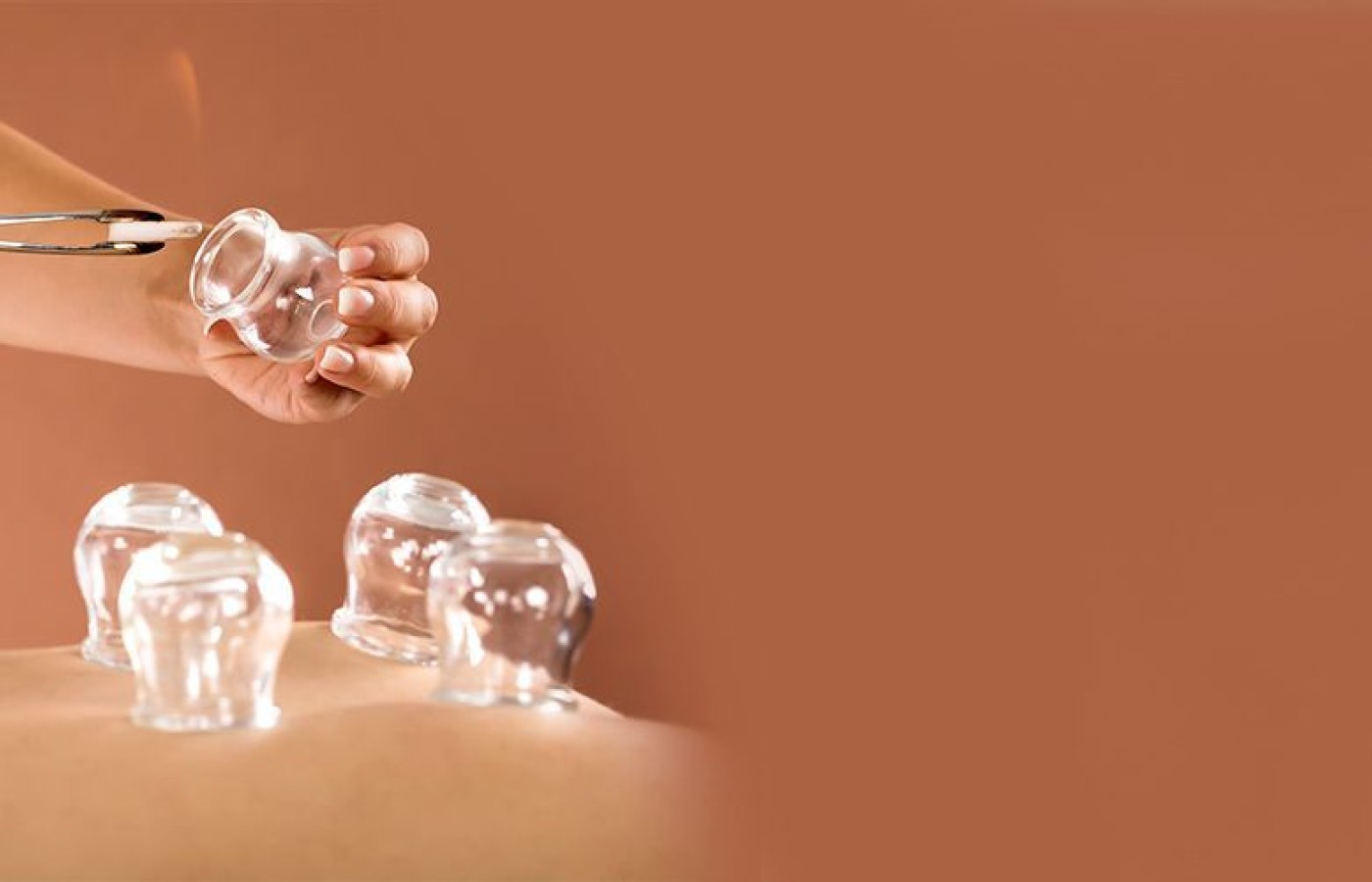People today want convenience, whether it be from their bank, credit card, favorite retail store, or restaurant. They demand it from the companies who hold their loyalty, including their health care providers (you). They don’t want to call and possibly be put on hold, and they want to use an app or schedule an appointment on your website. Here are three reasons your practice can gain by switching to online appointment scheduling.
Myofascial Cupping—a New Spin on an Old Modality
I would like to think I am a pretty traditional, conservative practitioner, and I like to keep things simple. I have techniques I have used with great effect for years. But it seems that just about every time you open a professional magazine or mailer there is someone promoting a "new" therapy that is really just a new spin on an old, well-established technique. This is not always a bad thing – as professionals we should always work to develop, better understand, and develop our art. But there has to be a balance – I don't think you can really grow and expand if you don't have a good foundation in the basics.
Another issue we face today in the "Complementary and Alternative" realm is that the lines continue to blur. There is an increasing crossover of techniques and modalities within the disciplines. It has long been known that the founders of chiropractic and osteopathy had a firm foundation in Eastern medical theory and based much of their early protocols on the Merck system of spinal reflexes and focused on manipulation of the spine to activate the Du points. Now you also have Tui Na manipulation in Chinese medicine, and passive and active mobilization techniques in PT and massage therapy.

Dry needling has also been a contentious issue. I have in my personal notes from 25 years ago the practice of using a "dry" hypodermic to lance an acupoint was a technique referred to as dry needling. It is not surprising that using hypodermics for treating ashi points fell out of favor. I would think that if you are treating an acupoint with an acu needle it would be acupuncture, but the argument is that the "dry needling" technique addresses myofascial adhesions as opposed to an acupuncture energy reflex point. I am not going into a diatribe on dry needling here – but it the overlap cannot be denied.
Acupuncture & Cupping
When I first studied acupuncture, cupping was almost a side note. I did not get a lot of exposure to cupping for several years (I do still have the first set of fire cups given to me by my teacher). I was taught that cupping was to pull the internal toxins or congestion so the body could break up the irritation and flush it from the tissues. It was gentle. I was taught that – just like needling – more is not better, the light suction of the fire cup was sufficient to stimulate a response from the body.
With the advent of vacuum cups a practitioner can really crank up the suction, ie: "more is better." I have a hard time rationalizing actively bruising the tissues – causing damage – just because I can. The end goal of cupping is to improve the circulation, not cause a bruise. But I am surprised how many patients actually think "you didn't do it enough" if you don't leave them with concentric circle bruises.
Cupping seems to have recently exploded in popularity with pictures of circle hickies on a certain Olympic swimmer – everyone wondered what they were – then everyone wanted that same technique. I recently attended a seminar on myofascial cupping as the brochure piqued my interest. I was the only licensed acupuncturist in the room – everyone else was a PT, a PTA or a massage therapist (the instructor was surprised there were no OT's or DO's in attendance).
Despite my initial skepticism, I was impressed with the program and the research discussed to validate the practice. The program began with a very good discussion on the history of cupping back through Eastern medicine and into its Ayurvedic roots. The instructor then came forward and talked about more modern research, and presented some great information on simply the physical effects of cupping.
Modern science has recently defined the Interstitium as a separate and distinct organ – making it a larger organ than the skin. The interstitium is not just a dense layer of fibrous connective tissue, but is now understood to be a lattice of fluid channels. There are ligament fibers connecting the layers of skin to the interstitium to the underlying muscle. Imaging studies have shown that the decompressive effect of cupping can help to open and separate these layers, reducing congestion and increasing fluid dynamics in the tissues. However, it was also (again) recognized that while some is good and promotes both healing neural and enzyme responses – too much suction on the tissues would actually cause trauma that again would be counter to the benefit of the therapy.
Cupping Tools
This program focused on using silicone cups to create a gentle draw on the tissues, but also to grab the tissues so that you could mobilize them to stretch and reduce adhesions that limited circulation of the interstitial fluid. This was then combined with stretching, active movement, and exercise against resistance to further stabilize the area against recurring dysfunction and injury.
At the end of the day I was impressed. There is more application to cupping than using it to draw a few drops of blood after a plum-blossom or bladed needle stick. It was also discussed that this technique will not be beneficial for everyone – this application was specifically for addressing myofascial congestion and was used in tandem with other therapies for maximal benefit. Of course, we ended with a discussion on proper documentation:
- What were the findings?
- What was the rationale for using this modality?
- What were the findings?
- What area was treated? For how long? How was the cup manipulated?
- What other modalities were used?
- What was the patients' response?
- What were the objective changes with the treatment?
There is no one single modality that will meet the needs of every patient. Given your personal experiences, you may have developed strong preferences. You may or may not like this-or-that technique; you may not wish to pursue some specialized therapy – including cupping. Make sure you are open minded enough to recognize when a patient may not be responding to your plan of care, and when you should be referring for co-management with a competent para-practitioner.
Patients are different, and individual patient needs are different, so every patient should be evaluated and treated on the grounds of what is best for that patient at that time. You should recommend what you feel to be the most appropriate care plan – regardless of what the insurance coverage is. If your care is limited by a plan contract, or by a patients' choice to only receive services covered by their plan, you are still obligated to share with them your recommendations, and document why those treatments are not being pursued.
Make sure you know and understand the benefits and limitations of the procedures you offer. Make sure your patients know that you are working to meet their needs. Be known for offering the highest level of patient care – don't settle for anything less.



